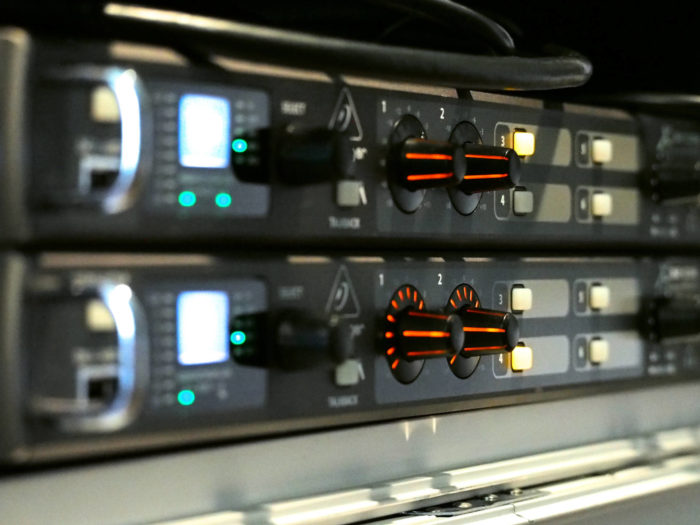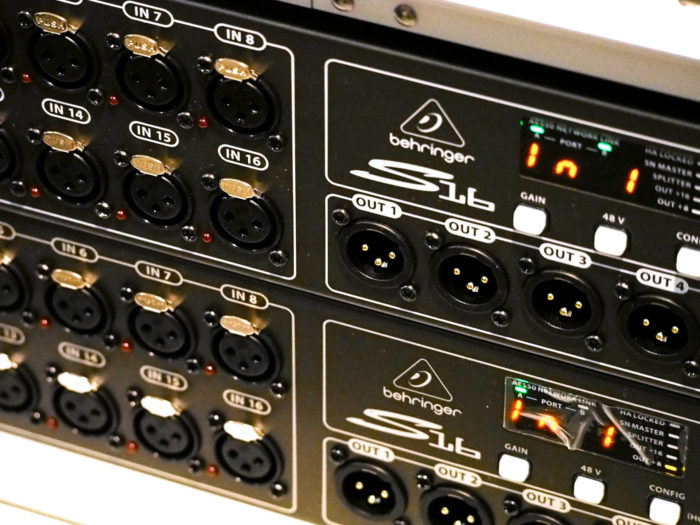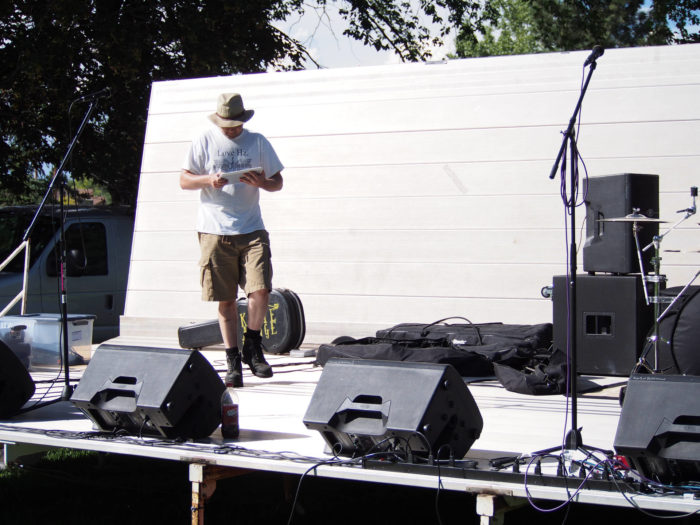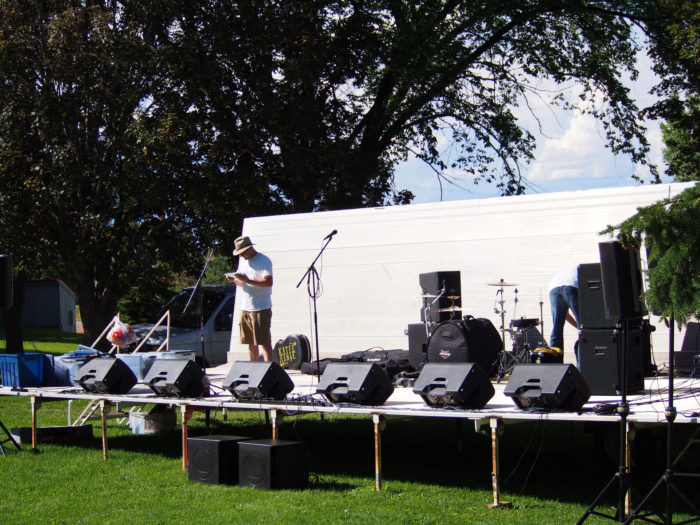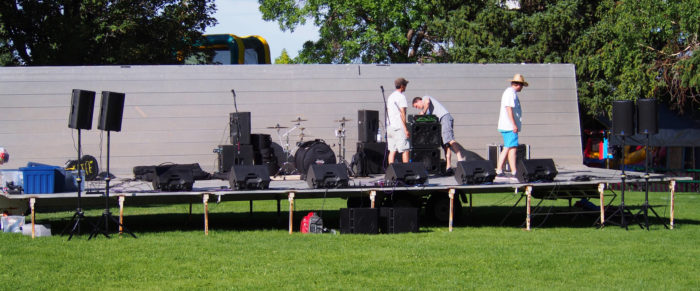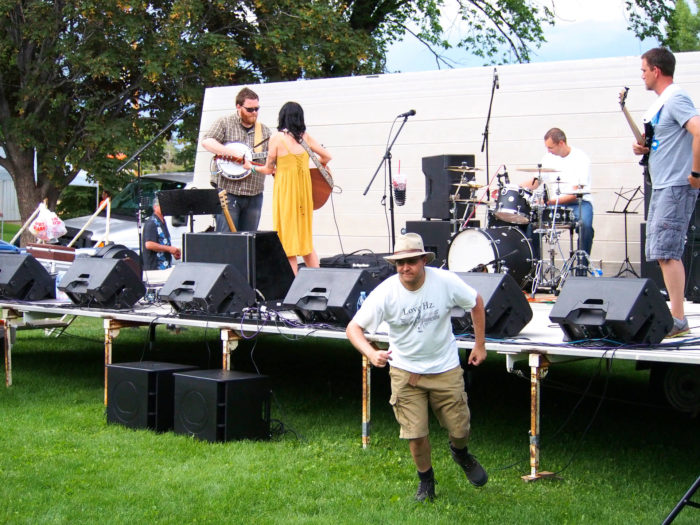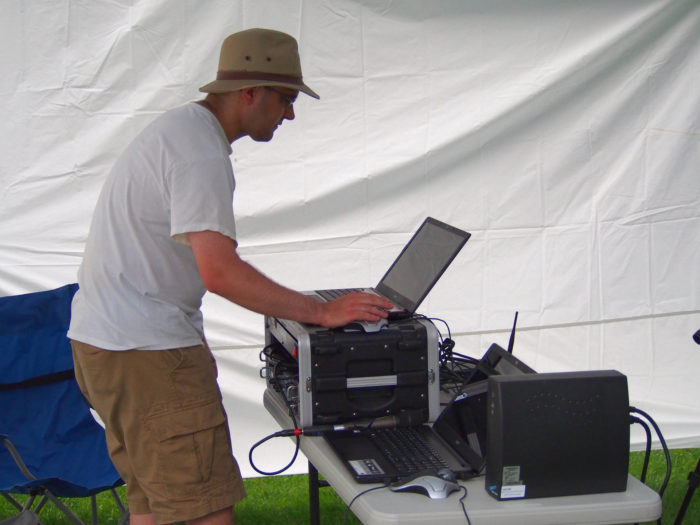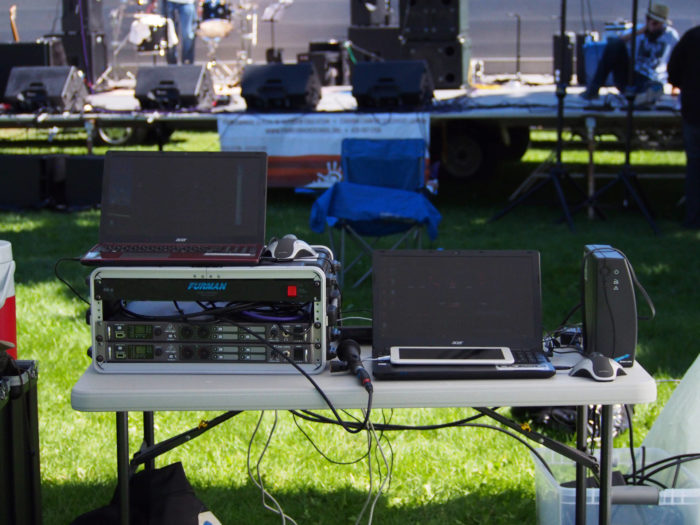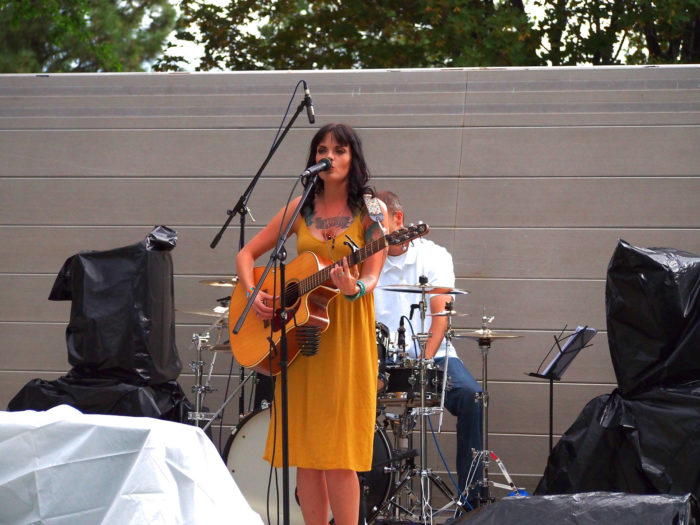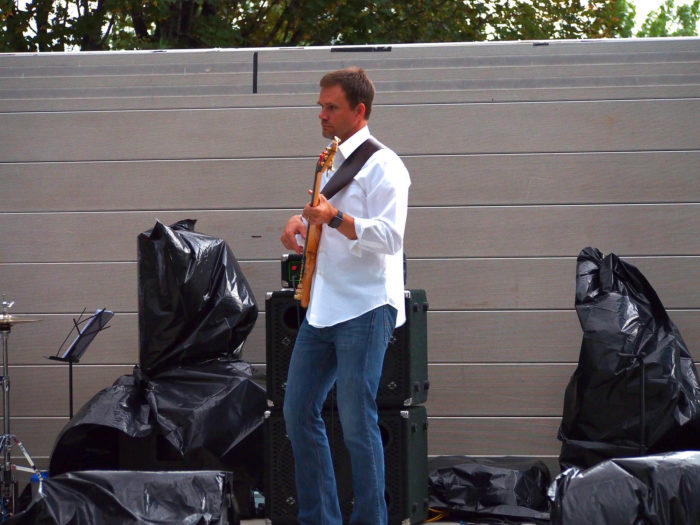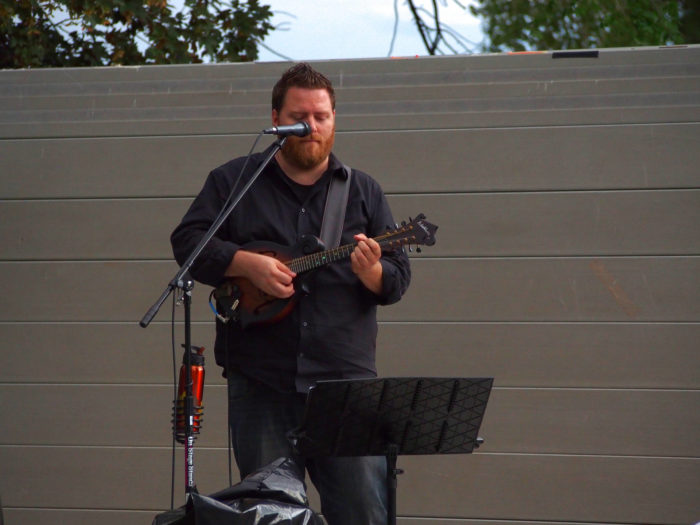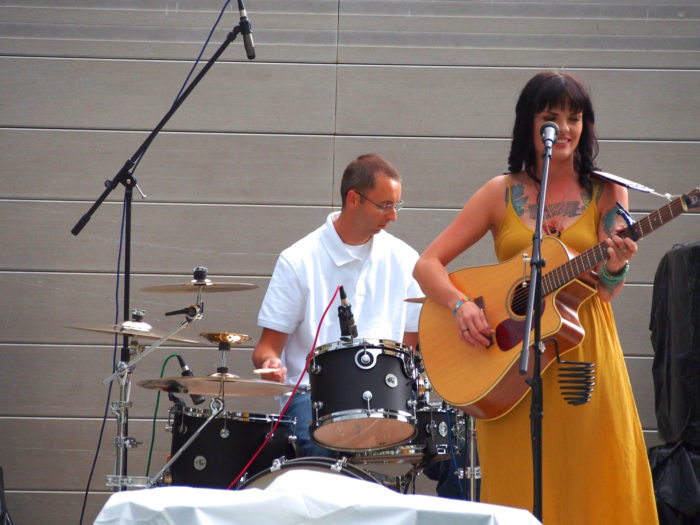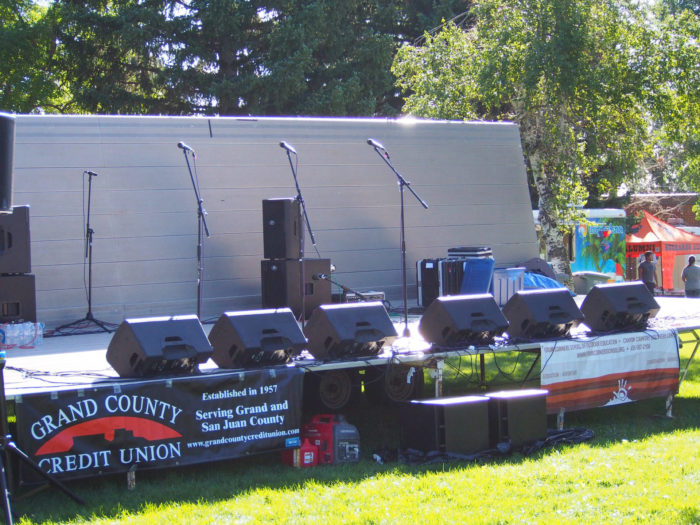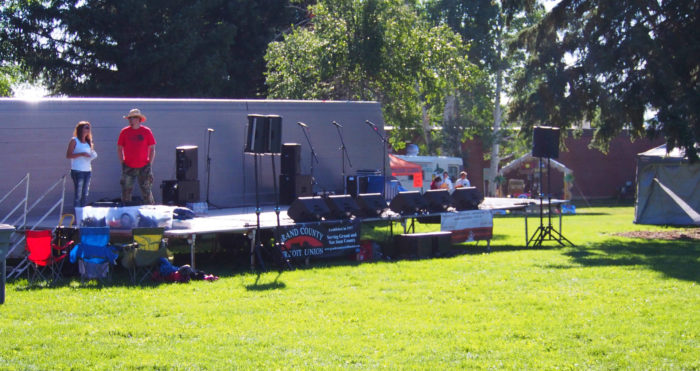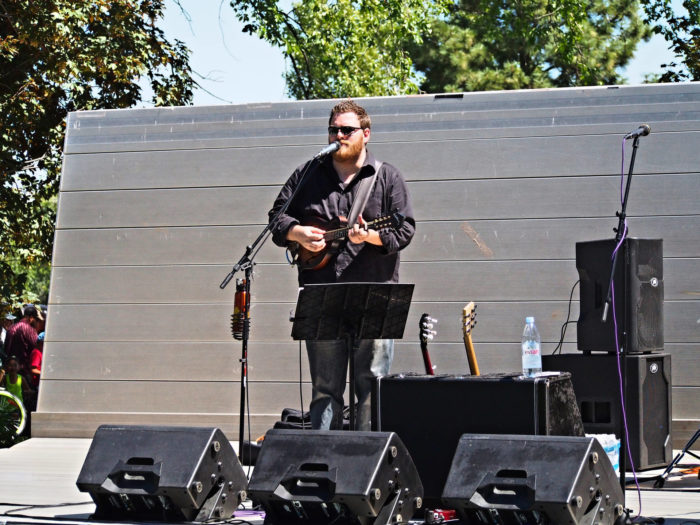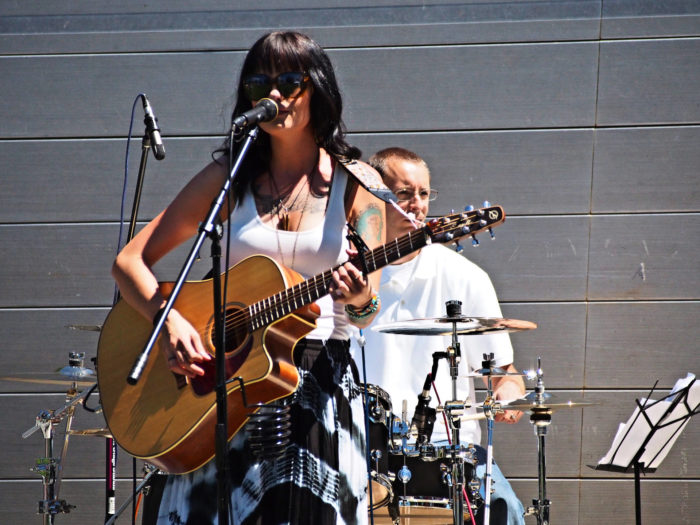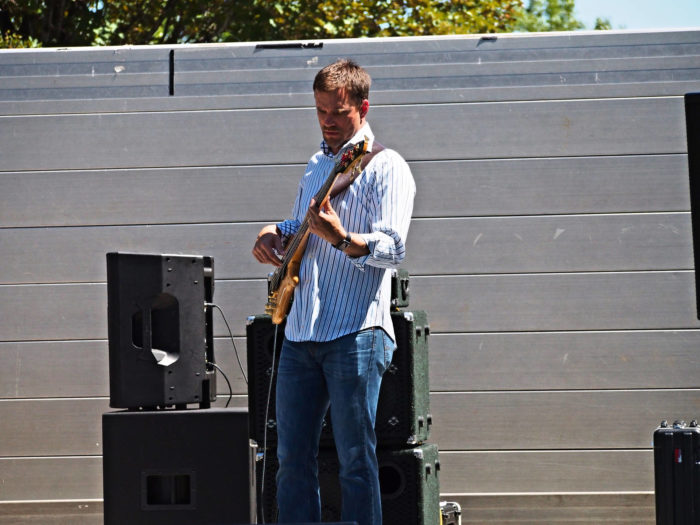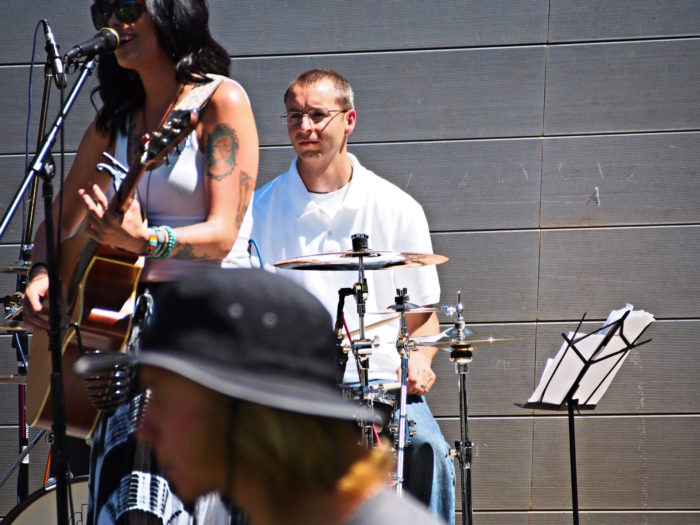Commentary with pictures – or maybe it’s the other way around.
Please Remember:
The opinions expressed are mine only. These opinions do not necessarily reflect anybody else’s opinions. I do not own, operate, manage, or represent any band, venue, or company that I talk about, unless explicitly noted.

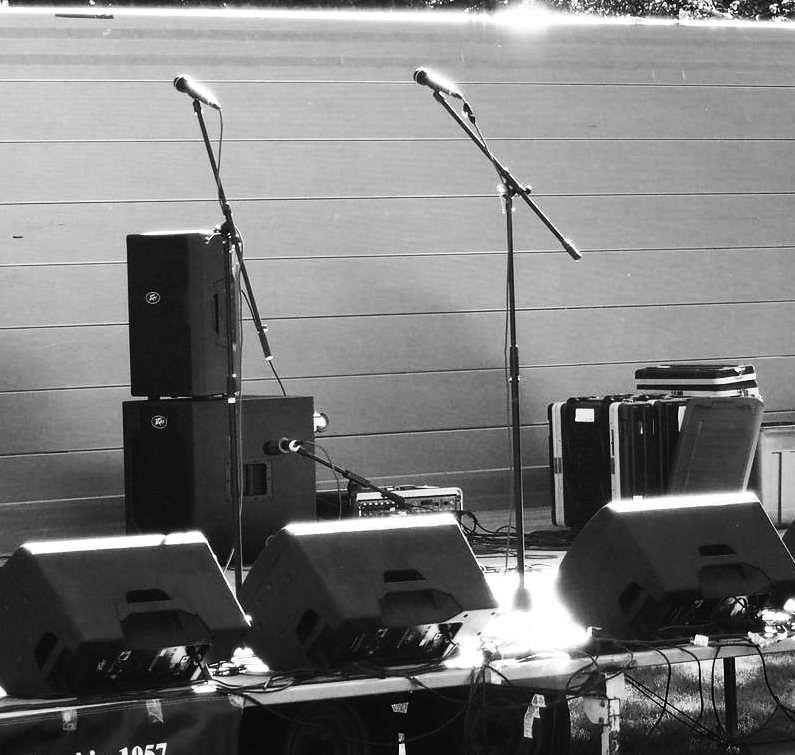 Want to use this image for something else? Great! Click it for the link to a high-res or resolution-independent version.
Want to use this image for something else? Great! Click it for the link to a high-res or resolution-independent version.X32 Cores
While it’s not necessarily for the faint of heart, running surfaceless consoles can potentially save you money, weight, and some space. Consoles like this really hammer home what a digital mixer is: A whole lot of software running on specialized hardware. Delete the control hardware, and all the heavy-lifting for audio still remains.
Going surfaceless requires significant homework. You’ll have to get both your “mix brains” and their associated control devices (laptops, tablets, etc.) onto a network and talking to each other. An inexpensive wireless router is really all you need for this, but DO have a fallback option. Also, anything that doesn’t need to be wireless probably shouldn’t be, so use a wired connection to your control gear whenever you can. Ethernet cable is cheap, available almost everywhere, and pretty much stupid-proof.
And, for heaven’s sake, set up meaningful security on your wireless network. Nothing but your consoles and controllers should be connected to it.
I have two X32 cores for more than one reason. Reason #1 is to be able to have separate FOH and monitor worlds with full “first-class” channel counts – 32 inputs each. Reason #2 is that, if one console were to give up the ghost, I could fall back to its counterpart and keep going.
As much as is practical, build mix templates for your show before you leave. The ability to walk up to the show and “just go for it” without having to think through everything on the fly is a big help. Remember to do some meaningful tests on your setup to ensure that it works, and that you know how it works.
S16 Stageboxes
Digital stageboxes help you save space and weight by removing the need for a big, heavy, multicore trunk. The irony is that digital stageboxes are rather more expensive than their analog cousins. Your overall cost may be slightly reduced if you get a single unit with all the inputs and outputs you need, but you have to account for the risk of that unit dying on you. Using two boxes to do the job allows you to continue in some way if one of them stops cooperating.
Use the network cabling recommended by the manufacturer. If your digital snake system calls for shielded Cat5e with Ethercon connectors, that’s what you should use. There are plenty of stories out there of people who encountered…interesting results while using connectivity that was not up to spec. (At the same time, I’m not convinced that “super premium” is necessary. GLS Audio makes SSTP ethercon cables that seem pretty darn good, and clock-in at under $1.00/ foot.)
Remember to have spare cables for this high-speed, highly-mission-critical audio network you’re building.
Which One Is Which?
Here we see a common, North-American noise-louderizer with a remote console control, he being somewhat perplexed by how the mix-bus order is now reversed due to his move from FOH to the stage.
Tablets And Monitors
I am brand new to the whole idea of walking up on deck with a remote, but let me tell you, it’s one of the greatest things since sliced bread. For your initial rough-in of monitor world, it’s downright beautiful to be able to put things together without any guesswork, or running back and forth to a console. Instead, you park yourself in front of a wedge, start dialing things up, and instantly hear the results of your changes. This means that you can actually pick up on the exact point where additional gain on a channel starts to get “weird.”
It’s also beautiful to have the remote when artists are actually on stage. Again, a lot of guesswork and disconnection simply goes away. You can talk to each other naturally, for a start. Even more important, though, is that you can actually hear what the musician is hearing. Problems with a mix don’t have to be described, as you can experience them directly for yourself. Finally, it’s a great bit of “politics;” Musicians who have often dealt with uncaring (or just absent) audio-humans now have one who’s really paying attention – and who’s also very much in the same boat as they are.
As was jokingly mentioned above, you do have to remember that your mix order may be “flipped.” If you numbered your mixes based on how you’re looking at things from FOH, walking up on deck now means that you’re seeing the mirror image.
When putting a system together, don’t be stingy with your monitor mixes. I’ve never regretted having more mixes and wedges available. As I’ve said before, and will probably say again, getting everyone happy on deck means a much better experience at FOH. A recipe for success really is making sure that a big piece of your budget goes to monitor world. Give those drummers “Texas headphones” (a drumfill) if at all possible. They tend to like it.
Scotty And McCrae
Scotty and McCrae were the guys who brought me out on the trip, and on a practical level, the show would NOT have happened without them. McCrae handled a lot of behind-the-scenes logistical elements in real time, making sure that things like shelter, power, and scheduling were actually working.
Scotty joined with McCrae to form my weekend stage crew. It was a little slice of heaven to work with those guys, because all I had to do was describe what I wanted to happen, and then wait a few minutes. The importance of such a crew, that has a can-do attitude and a real sense of humor, can NOT be overstated. I was able to deliver because (and only because) everybody else did their job.
(Also, a huge “Thank You” goes out to Bayley H. for running the event as a whole, for giving Scotty and me a place to sleep, and for chasing down one of those super-rad Honda generators for us. She was juggling about 80 things all weekend, one of those things being the music, and we were very well taken care of.)
Run!
Spooked by the sudden noise of a band getting comfortable on deck, a black-footed knob-turner (voluminus maximus) bolts for the safety of FOH.
FOH
I put FOH control on top of the console case, with monitor world off to the side. The laptops are different colors so that I can tell them apart easily when unpacking them. The trackballs are there because, let’s face it, trackpads are fiddly, imprecise, and (to be both blunt and slightly crass) just tend to suck in general.
Another tip: If your primary monitor-world controller has a case, put the monitor control tablet in that same case. It will make things ever so slightly faster and easier at setup.
Talkback is one of the main reasons to have at least one microphone equipped with a switch. Choose where you want talkback to be routed to, latch the console’s talkback control, and then simply flick the switch on the mic when you want to talk.
Laptops (with good batteries) and a UPS are helpful at FOH, because a power failure means that your audio processing and routing stay up. No, there might not be any audio for them to work on, but they’ll be available immediately when you get the power back.
Troopers
Katie Ainge and her band were real troopers throughout the show. Over the course of two days, we would have a few technical issues, and we would also get rained on twice. Through it all, they played their best, kept smiling, and kept coming back for more:
Originally, they were only supposed to play on the Friday night. However, a storm ended up rolling in. Katie and company played right up until the rain started falling, only calling a halt because their instruments were getting wet. After a hasty pack up and retreat, after which they could have bailed out with full pay, they elected to stay around and get a full show in on the following morning.
Also, large garbage bags make pretty decent rain protectors for loudspeakers and other gear. They do tend to buzz at certain frequencies, but that’s the least of your worries when water starts falling out of the sky.
We only hung a single overhead. With a well-balanced band, a single mic in the right spot will get everything on the kit without getting swamped by bleed. Also, I mix live audio in mono about 99.9% of the time, and a single mic is always in phase with itself.
Try, Try Again
After a frantic night of Scotty and McCrae packing, unpacking, and drying out the gear, the next morning came along with the promise of actually doing the show. Notice that the generator really is NOT in the right place. I should have placed it off to the side of the deck, so that the exhaust would have stayed away from the performers. Oops.
Double Hung
McCrae and Bayley, masters of all they survey.
With the PA deployed as it was, putting the same signal into all four FOH mid-highs probably would not have sounded all that hot. The outer pair was slightly behind the inner pair, which would have resulted in the high end being out of phase alignment. That problem did not come into play, however, because the different pairs were used for different signals. The inner pair was my vocal cluster, and the outer pair was for instruments. This technique borrows both from The Grateful Dead’s “Wall Of Sound,” and Dave Rat’s “double hung” PA deployments – it’s just on a very small scale.
The configuration as pictured and described trades coverage area for power and/ or clarity. We essentially have one, larger PA setup that’s firing in a narrow pattern. (Even so, some walking around proved that you could hear the PA pretty much everywhere in the park proper.) An alternative would be to put the entire mix into all four boxes, but aim the boxes to hit different zones. In that case, we’d be trading power/ clarity for coverage.
For Real This Time
With no rain during the actual show, the retry of the previous night went much more smoothly. We did have a couple of problems with the cables to Katie’s DI, with my suspicion being that the metal on their XLR connectors is inexpensive, soft, and therefore prone to change shape when heated significantly in the sun. (I can’t prove it though – this is just a wild theory.)
In any case, though, it was great to see Katie and her friends bring some really enjoyable tunes to an audience able to stay for the duration.
Afterwards, packing the van, we got another rain shower.
But it was time to go home anyway.
